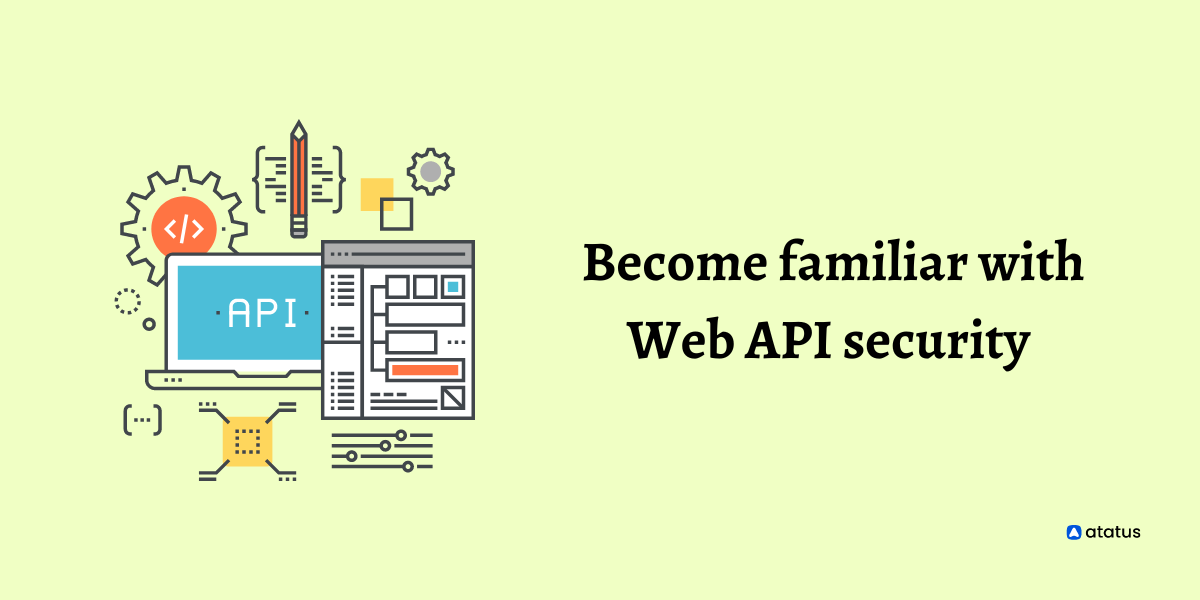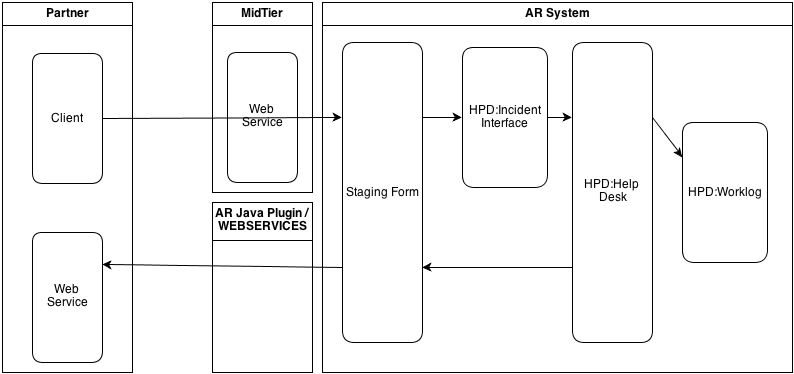Introduction: The Importance of Security in SOAP Web Services
SOAP (Simple Object Access Protocol) is a widely used protocol for building web services. Ensuring the security of these services is crucial for protecting sensitive data and maintaining the integrity of your applications. In this article, we’ll explore best practices for authentication and authorization in SOAP web services, as well as provide guidance on implementing these security measures. Let’s get started!
Authentication: Verifying User Identity
Authentication is the process of verifying a user’s identity before granting access to your SOAP web services. There are several methods available for implementing authentication, each with its own advantages and drawbacks.
Basic Authentication
Basic Authentication is a simple method that involves sending a username and password with each request. While easy to implement, it is vulnerable to eavesdropping attacks. To mitigate this risk, always use SSL/TLS encryption in conjunction with Basic Authentication. Mozilla’s guide on HTTP authentication provides a detailed overview of this method.
Token-based Authentication
Token-based authentication is a more secure alternative to Basic Authentication. It involves generating a unique token upon successful authentication, which is then sent with each subsequent request. This method is less vulnerable to eavesdropping and can be used to implement Single Sign-On (SSO) across multiple services. Auth0’s introduction to token-based authentication offers a comprehensive explanation of this approach.
WS-Security
WS-Security is a set of SOAP extensions that specifically address web service security. It supports various authentication mechanisms, including username/password combinations, X.509 certificates, and SAML tokens. The OASIS WS-Security standard provides in-depth information on this powerful security option.
Authorization: Controlling Access to Resources
Once a user is authenticated, the next step is to control their access to resources within your SOAP web services. This process, known as authorization, typically involves assigning roles or permissions to users based on their authentication credentials.
Role-based Access Control (RBAC)
RBAC is a popular method for implementing authorization in web services. It involves defining roles with specific permissions and assigning users to these roles. By managing access at the role level, you can easily control and maintain user permissions. Microsoft’s guide on role-based access control offers insights into implementing RBAC effectively.
Attribute-based Access Control (ABAC)
ABAC is a more flexible approach to authorization, allowing for fine-grained control over access to resources. With ABAC, permissions are based on attributes, such as user roles, resource types, and actions. This method enables dynamic policy-based access control, tailored to your specific requirements. Gartner’s research on attribute-based access control provides a detailed analysis of this approach.
Conclusion: Ensuring the Security of Your SOAP Web Services
Implementing robust authentication and authorization mechanisms is essential for securing your SOAP web services. By following the best practices outlined in this article, you can protect sensitive data and maintain the integrity of your applications. Remember to stay informed about the latest security trends and technologies to keep your SOAP web services secure and up-to-date.





